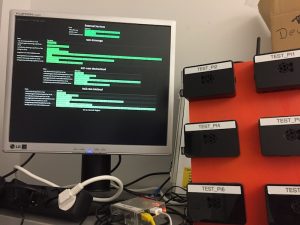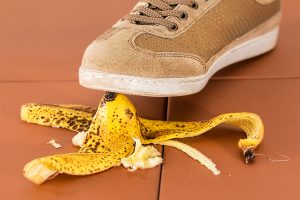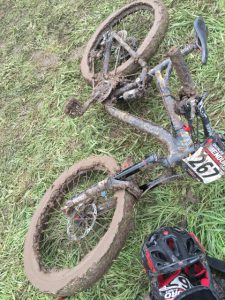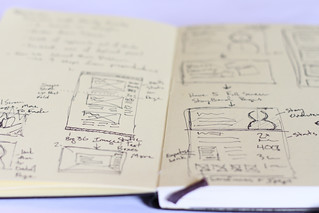
Slogan of the month: Stop starting and start finishing.
(Again)
What have I done:
- Re-created the CoT project portfolio, now in a digital version (experimenting with Excel). It is good for sharing in our digital and distributed working environment, but a bit harder to update.
- I attended the Bonn Agile Meetup January: “IoT und Bastelprojekte” and talked about my AirQuality Lab project
- I attended a lot of Kick-Off-events (unit, department, CoT-team, Service Development team). Some were useful, some had good food.
- I worked on our first goals for 2017. First results in February 2017.
- I completed a course on my Coursera data science specialization course (Reproducible research)
- Watched the NFL playoffs
Read:
- Clemens Vasters definitions of elements of Internet of Things
- The current state of machine intelligence 3.0
- 7 Data Visualization Types You Should be Using More (and How to Start)
- IoT-Trends in 2017
- Data analytics projects: From theory to practice
- I said it more than once, starting IoT prototypes is quick and easy, but the rest is still hard
- A better way to visualize pipeline development? (WIP)



 In the early days of the Internet of Things hype, the industry stated that computing power and accessories are cheap and ubiquitous. Read: available and ready to use. The good part of this statement is, that it is true. Partly. RaspberryPi, Arduino, Seed Studio Groove, Adafruit Feather and so on are cheap and versatile computing devices, available on many online retailers. Several toolkits and online resources help the hackers and makers to prototype and develop products. Also many online platforms are ready for the users to connect and manage the things.
In the early days of the Internet of Things hype, the industry stated that computing power and accessories are cheap and ubiquitous. Read: available and ready to use. The good part of this statement is, that it is true. Partly. RaspberryPi, Arduino, Seed Studio Groove, Adafruit Feather and so on are cheap and versatile computing devices, available on many online retailers. Several toolkits and online resources help the hackers and makers to prototype and develop products. Also many online platforms are ready for the users to connect and manage the things.
 Slogan of the month: What you see is not always what you get
Slogan of the month: What you see is not always what you get
